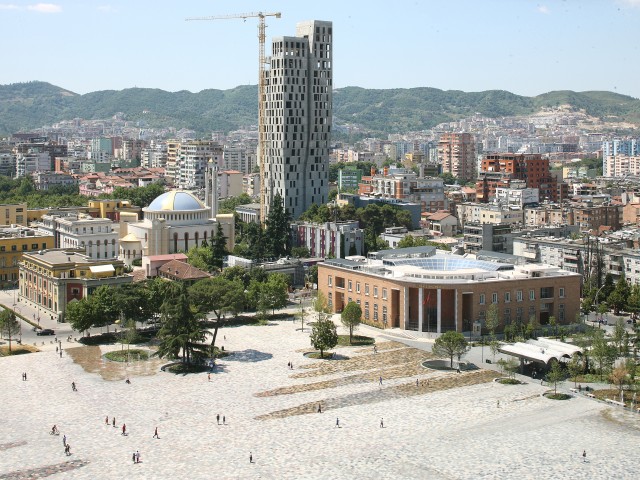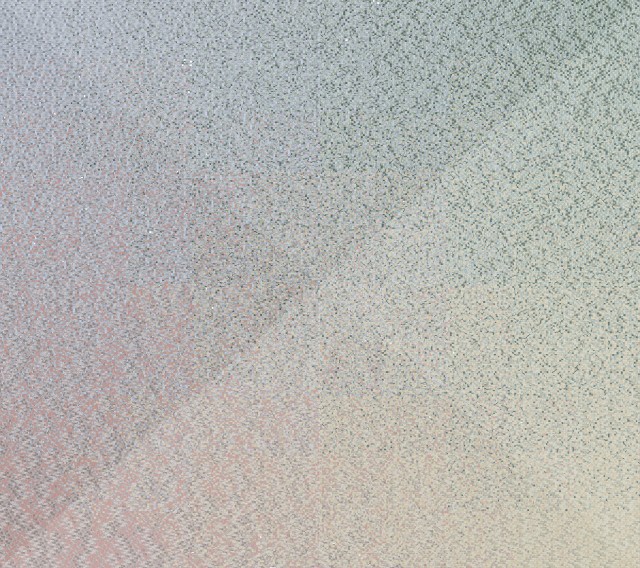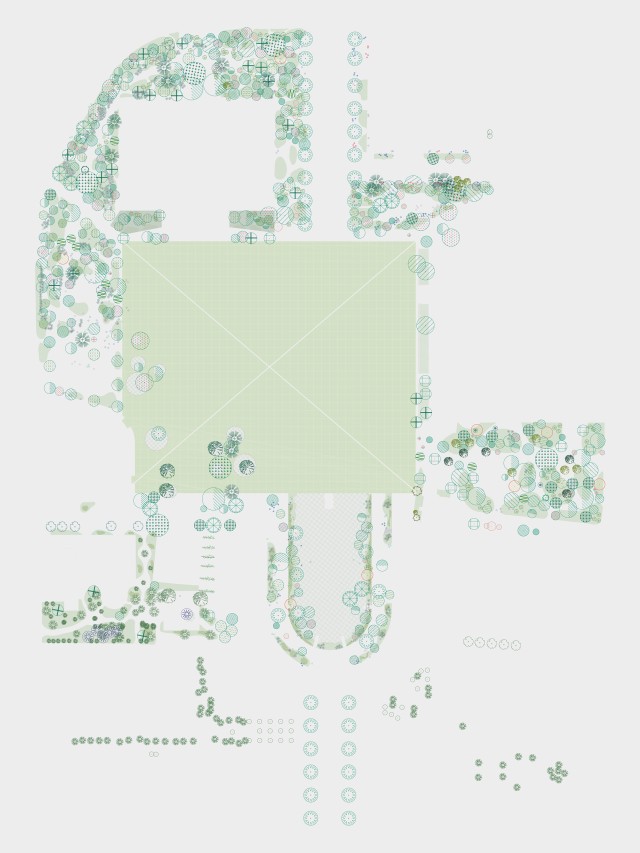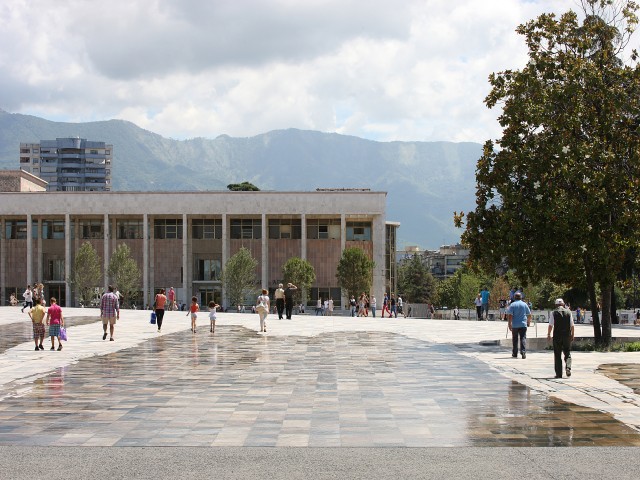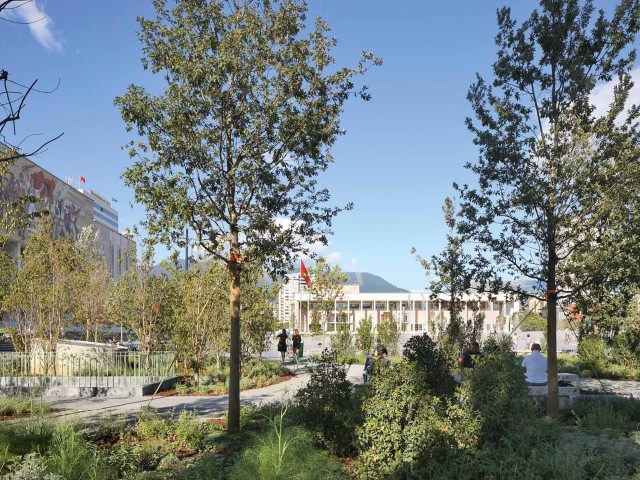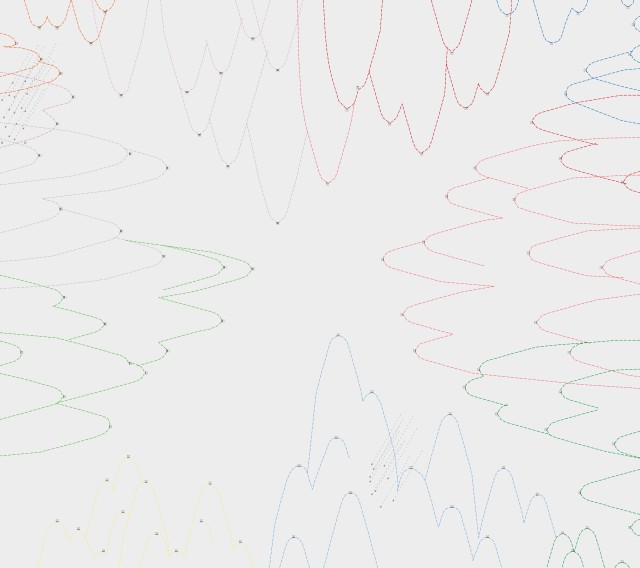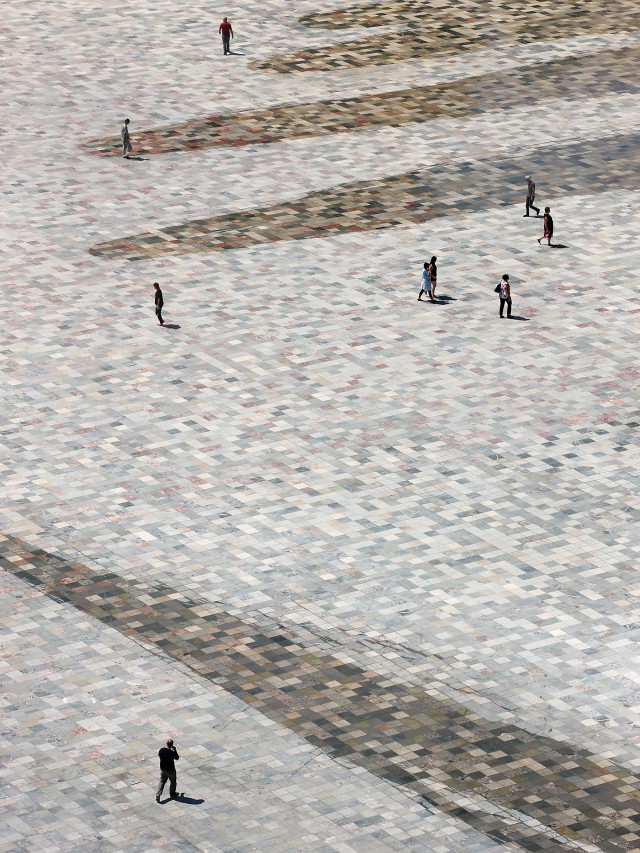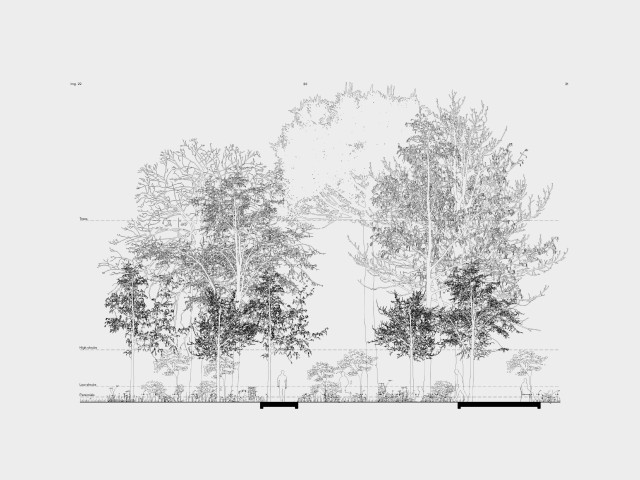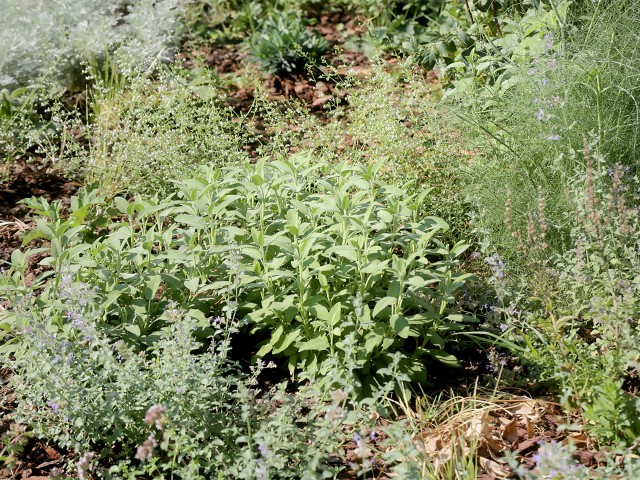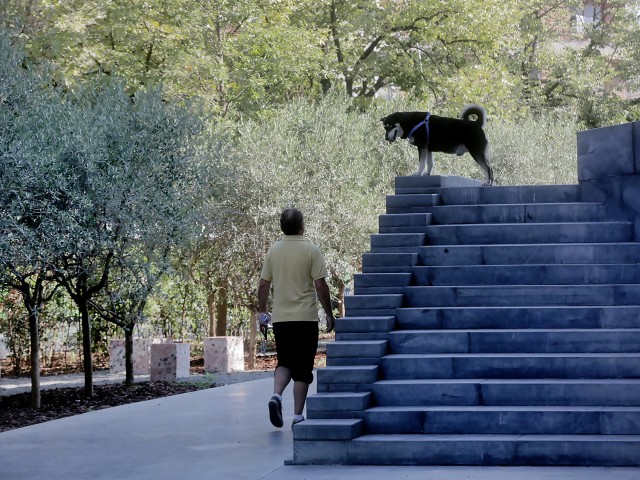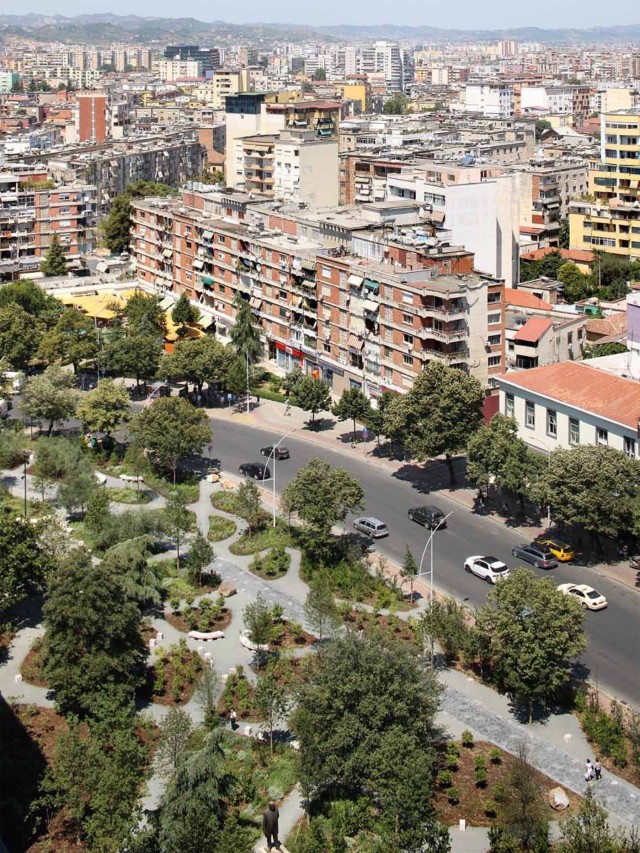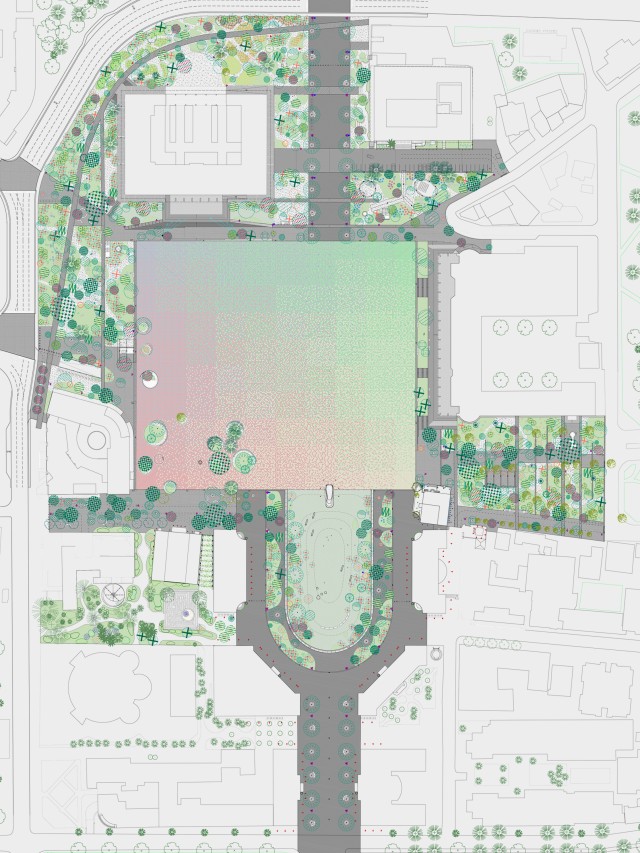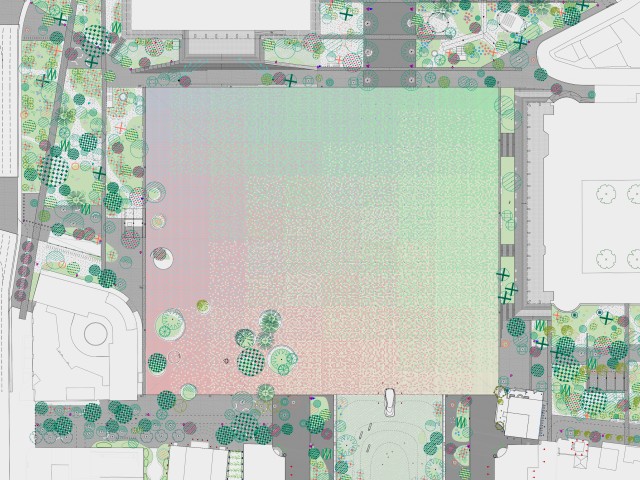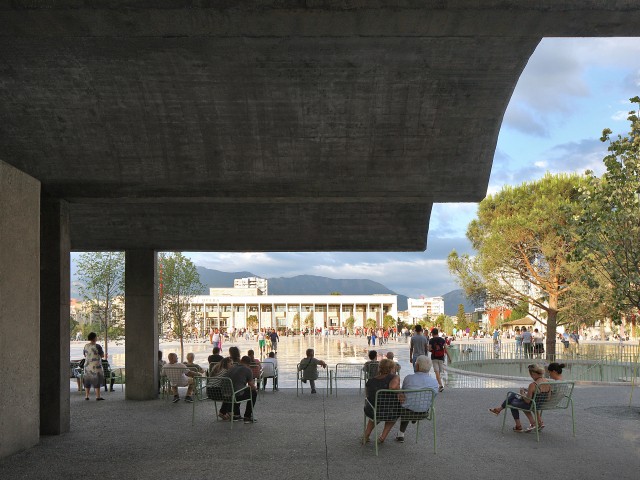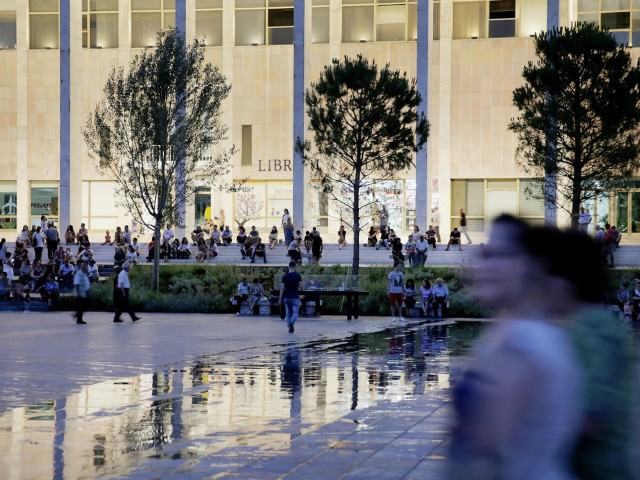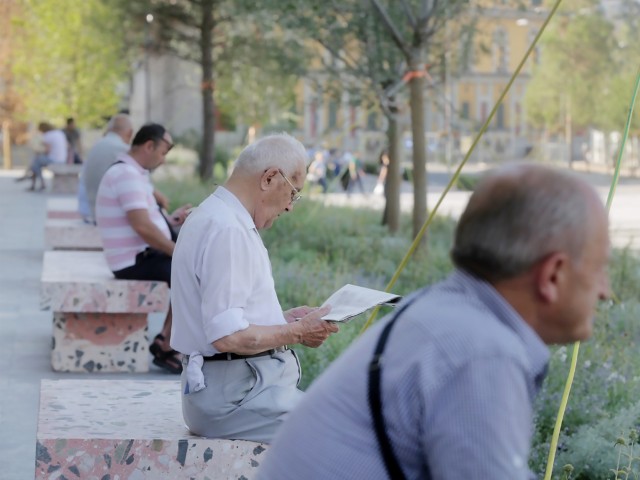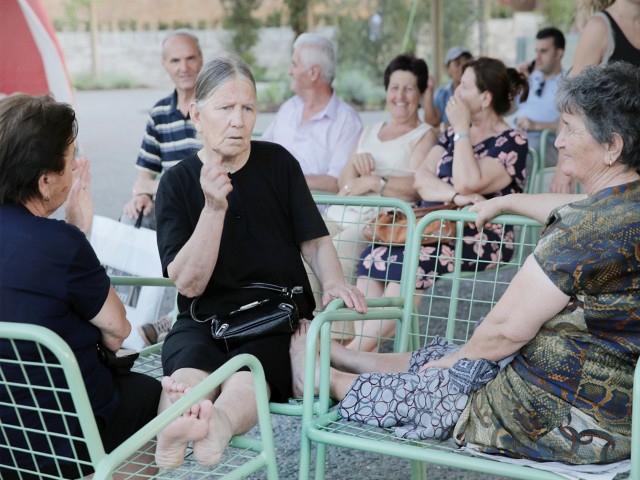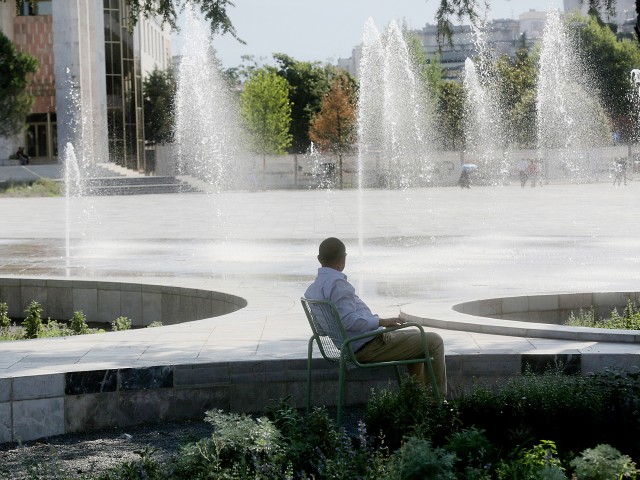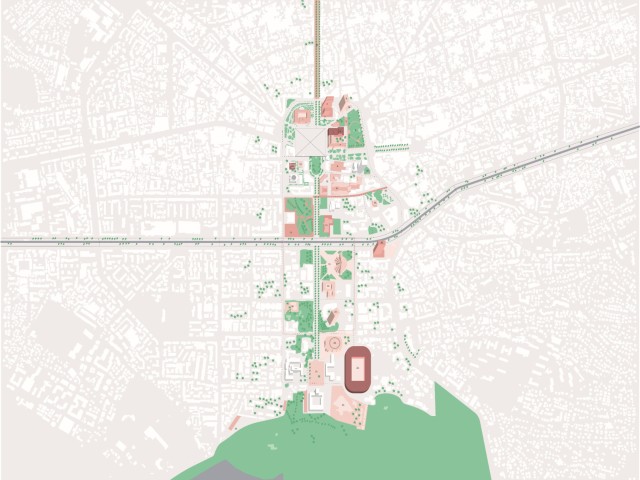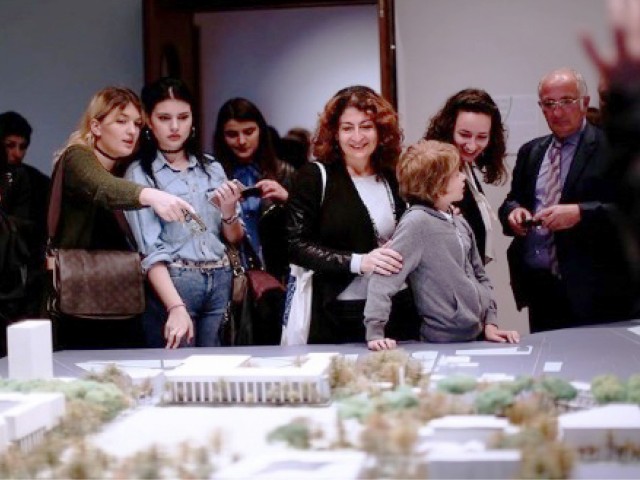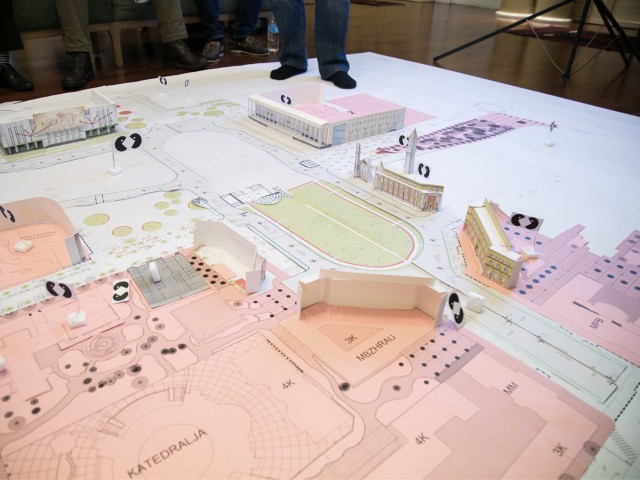Skanderbeg Square
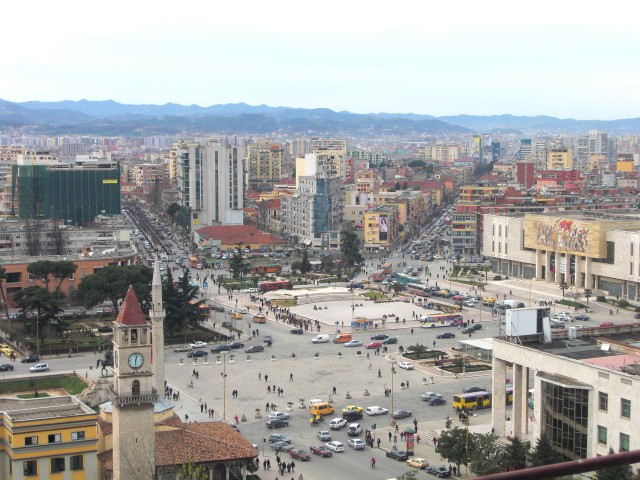
This project for the restructuring of Skanderbeg Square is the result of an international architecture competition won by 51N4E in 2008. The competition’s proposal, conceived in collaboration with Albanian artist Anri Sala, reorganizes Tirana’s central square, a vast ex-communist space, in a simple yet radical way. In a complex and dense urban context, on this site that is both the core of the Albanian capital city and a symbol for the whole country, the project installs a generous pedestrian area. The square presents itself as a void in the chaos of the city, a flat pyramid lined by a densely planted periphery, formed by a collection of old and new public spaces and gardens. The resulting green belt acts as an antechamber negotiating the transition between the congested city and the square. The oppressive monumentality of communist architecture is counteracted by the ample and low pyramid making up the square: when standing at its tip, the citizens find themselves on a par with the authoritarian architecture of the past. They can contemplate the buildings defining Albania’s past, suddenly opened up to new ways of reading, and embrace them as a history on which to build.
After the start of the works in 2010, and following a change in administration, the implementation of the project was abruptly halted. Yet a new election relaunched the project in late 2015. The evolution of the urban context as well as a re-evaluation of the ambitions of durability offered an opportunity to refine the proposal while keeping the concept’s essence intact. The project’s landscaping was studied anew and turned into a local ecosystem anticipating the creation of a new urban ecology for the city. Local species were chosen to increase the system’s natural resistance by reacting to ongoing climate change. Trees, shrubs and perennials were combined to foster urban biodiversity and control the city centre’s microclimate. Albania’s natural richness in diverse species and varieties is thus valorized, enabling the public space to assume both recreational and educative functions.
The green belt around the square is made up of 12 gardens, each of them linked to one or more of the public or private institutions lining the square. The spatial organization of these gardens as well as their technical aspects were studied in dialogue with all the main actors of the project over the course of several workshops. The result is a set of contextualized interventions, inviting public and semi-public neighbouring functions to spread into the exterior space.
In the frame of the project’s readjustment, specific attention was given to mobility questions and investments in the immediate and broader context of the square. An underground car park, able to host multiple functions, was developed in collaboration with the city’s mobility services. Similarly, pedestrian and bicycle connections and links to the public transportation network were established. Finally, local materials were preferred, both for logistic and symbolic reasons, which led to the reactivation of local stone quarries and turned the project on this level too into a revelator of the richness of the Albanian context and stimulated its production capacity.
-
Location
Tirana, Albania
-
Client
City of Tirana
-
Invited competition
2008
-
Execution design
2015
-
Completion phase I
2017
-
Completion phase II
2019
-
In collaboration with
Anri Sala
-
Team competition
Johan Anrys, Freek Persyn, Peter Swinnen, Ulrike Franzel, Valbona Koçi, Griet Kuppens, Tom Baelus, Marc-Achille Filhol, Philippe Nathan, Emmanuel Debroise
-
Team execution design
Johan Anrys, Freek Persyn, Sotiria Kornaropoulou, Alice Babini, Guillem Pons, Charlotte Schmidt, Martin Pujol, Jolein Bergers, Guillaume Boulanger
-
Team iRI
Gent Agolli, Guust Selhorst, Ajmona Hoxha, Ardian Rapo, Olsi Pere, Xhorxh Shkurti
-
Team Plant- en Houtgoed
Nicolas Vandenplas, Pieter Hollants, Jeroen Deseyn, Vincent Luscomb
-
Building contractor
Fusha, AL
-
Fabric
Chevalier Masson, BE
-
Fountains
Aquafontal, BE; Gatic, BE
-
Lighting
Atelier Jeol, FR
-
Structure
Gentian Lipe, AL
-
Programme
public space & cultural facilities
-
Project area
97.344 m²
-
Built area
90.509 m²
-
Photography
Blerta Kambo
-
Image credits
51N4E
